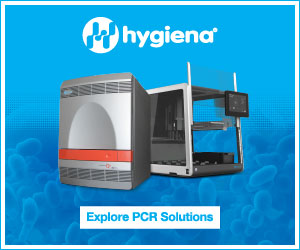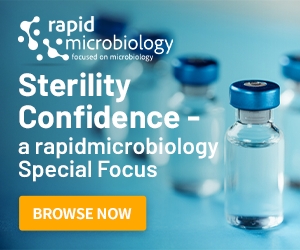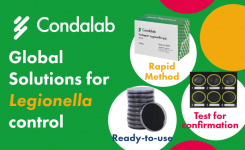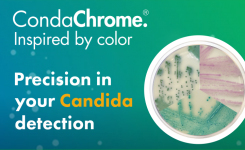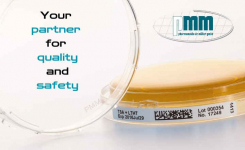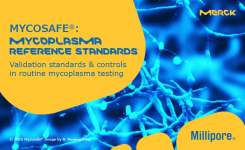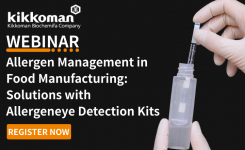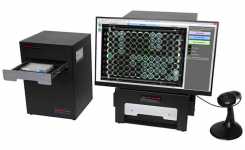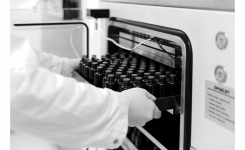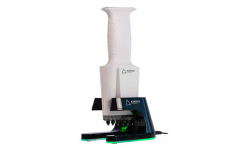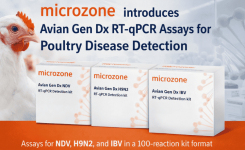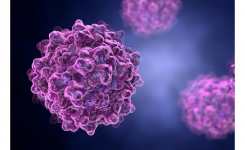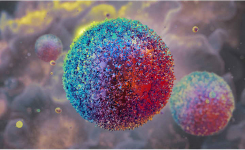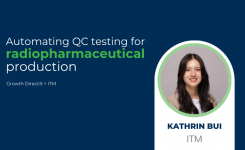Founded in 1960, Condalab is Spain's first dehydrated culture media for microbiology and molecular biology manufacturer, as well as one of the world's leading ones. Condalab is also recognized for offering key ingredients such as agars, peptones and agaroses, among other products.
Microbiology Product Areas
Clinical & Veterinary
Chromogenic Media
Show all suppliersESBL
Show all suppliersKlebsiella pneumoniae carbapenemase (KPC)
Show all suppliersFood & Beverage
Bacillus cereus
Show all suppliersBeer Spoilage Organisms
Show all suppliersBrettanomyces
Show all suppliersChromogenic Media
Show all suppliersCronobacter sakazakii
Show all suppliersLactobacillus
Show all suppliersListeria monocytogenes
Show all suppliersListeria spp.
Show all suppliersPediococcus
Show all suppliersPseudomonas
Show all suppliersReady-to-use Media
Show all suppliersRODAC Plates
Show all suppliersSalmonella
Show all suppliersYeasts and Moulds
Show all suppliersWater
Chromogenic Media
Show all suppliersColiforms
Show all suppliersE. coli
Show all suppliersEnterococci
Show all suppliersLegionella spp.
Show all suppliersR2A Media
Show all suppliersReady-to-use Media
Show all suppliers

